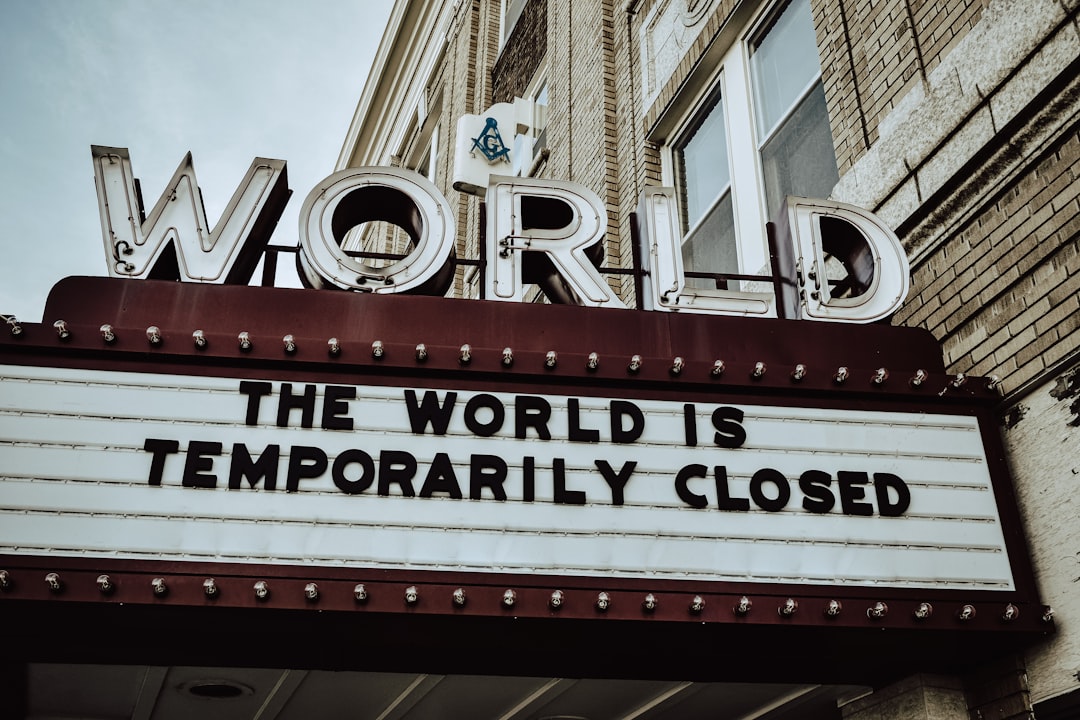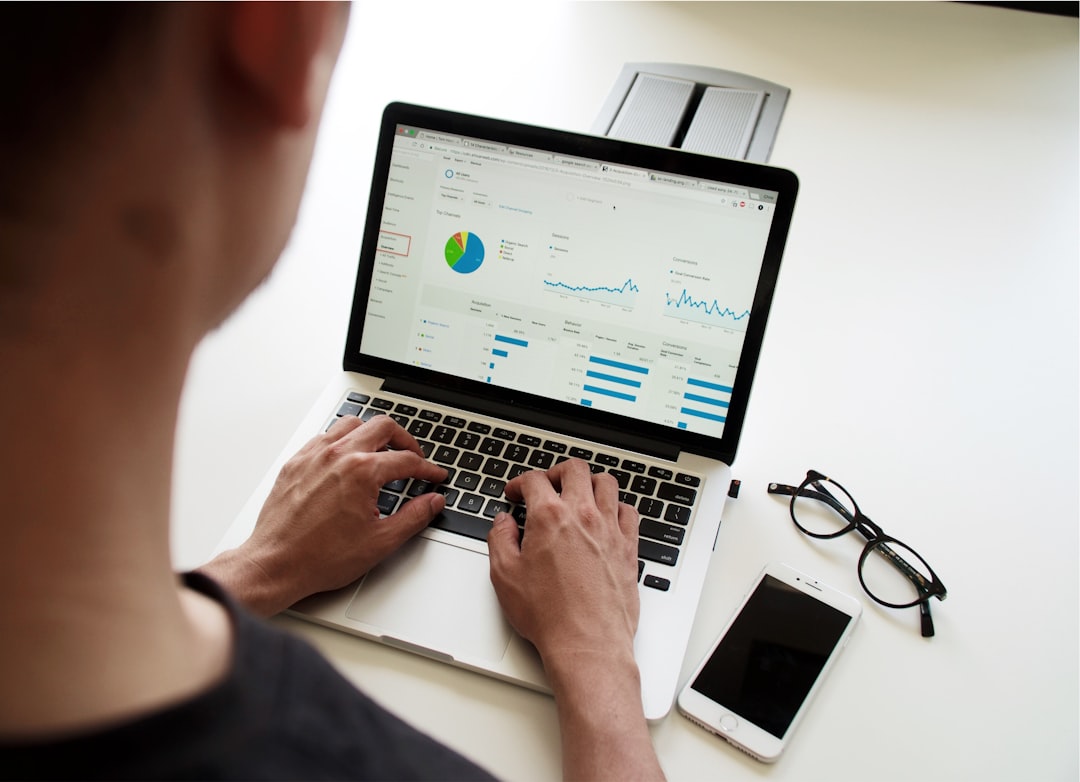
Navigating Economic Recovery Post-Pandemic: Key Insights and Trends
# Introduction. The COVID-19 pandemic brought unprecedented challenges to economies worldwide, resulting in radical disruptions in various industries, job losses, and a shift in consumer behavior. As countries begin to emerge from lockdowns and restrictions, the focus has turned to economic recovery strategies. This blog post delves into the current landscape of economic recovery post-pandemic, highlighting key trends, sectors primed for growth, and how businesses can adapt to ensure resilience in the New Normal. # Understanding the Initial Impact of the Pandemic. The pandemic's impact on the global economy was immediate and profound. Key sectors such as travel, hospitality, and retail were hit the hardest, with massive declines in revenue and employment. According to a report by the International Monetary Fund (IMF), the global economy contracted by 3.5% in 2020. As a result, governments worldwide implemented stimulus packages and stimulus measures to support individuals and businesses. However, the effectiveness of these measures varied by country, leading to different recovery trajectories. Understanding the nuances of these initial impacts is vital for grasping the broader recovery landscape today. # Key Factors Influencing Recovery. Several essential factors play a crucial role in shaping economic recovery. First, vaccination rates and public health policies dictate the pace at which economies can reopen. Countries with efficient vaccination programs, such as Israel and the United States, have seen quicker rebounds in economic activity than those lagging behind. Second, consumer sentiment and behavior have evolved as people adjust to new realities, leading to a rise in demand for digital services and products. Finally, supply chain disruptions continue to pose challenges, meaning that sectors reliant on global supply chains have to navigate complex logistics to thrive. # Emerging Opportunities Across Sectors. Despite the difficulties posed by the pandemic, several sectors show tremendous growth potential in a post-pandemic world. The technology sector undoubtedly stands at the forefront, as businesses increasingly adopt digital solutions ranging from e-commerce platforms to telecommuting tools. Furthermore, industries involved in healthcare and wellness have gained traction as consumers prioritize health. Renewable energy and sustainability-focused industries also stand to benefit, as the pandemic has heightened awareness around environmental concerns. Businesses aiming to pivot must evaluate these emerging opportunities strategically. # Workforce Adaptations: The Future of Work. The workforce landscape has experienced a seismic shift since the pandemic began, leading to what many term 'The Great Resignation.' Workers reassess their values and job satisfaction, prompting companies to rethink human resource strategies. Flexible work arrangements remote working options have become a necessity for attracting talent. Businesses must invest in employee well-being and create inclusive work cultures to foster retention and innovation. Additionally, the rise of freelance and gig economies implies companies must adapt their operational models to capture this evolving workforce dynamism. # Government Policy and Economic Incentives. Effective government policy will be paramount to facilitating a successful recovery. Targeted economic relief programs, investments in infrastructure, and incentives for businesses to innovate will be essential for fostering growth. Programs designed to upskill and reskill workers can help address labor shortages in emerging industries. Policymakers must take decisive action to create an environment conducive to innovation and expansion in order to build resilience against potential future economic shocks. # Conclusion. Economic recovery in the post-pandemic world requires a multi-faceted approach. Businesses must remain agile in response to changing consumer behavior, while embracing technological advancements and sustainable practices. As governments implement policies that aid recovery, collaboration between public and private sectors will be vital. Collectively, these efforts can pave the way for a more robust and inclusive economy that is prepared for future challenges. The road ahead may not be easy, but with intentional strategies and adaptability, recovery is possible. .







